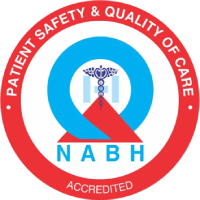Pacemakers

What is a Pacemakers ?
Pacemakers are surgically implanted devices designed to assist your heart’s electrical functioning. They help regulate abnormal heartbeats, ensuring your heart rhythm stays consistent to avoid life-threatening disruptions. Your heart operates on an intrinsic electrical system that coordinates the contractions of its chambers, ensuring blood is pumped efficiently. However, when this system is compromised—leading to out-of-sequence contractions or insufficiently strong beats—pacemakers step in.
What conditions do pacemakers treat?
Conditions that can be managed with a pacemaker encompass, but are not limited to:
- Various heart arrhythmias, which involve irregularities in the heart’s natural rhythm.
- Disturbances in the heart’s electrical pathway, such as heart block.
- Heart failure.
- Previous heart attack incidents.
What are the signs you need a pacemaker?
- Chest discomfort, commonly referred to as angina.
- Tachycardia, which is a faster than normal heart rate (exceeding 100 beats per minute).
- Bradycardia, noted for a slower than usual heartbeat (less than 60 beats per minute).
- An irregular heartbeat, or arrhythmia, characterized by skipped or additional beats.
- Heart palpitations, a condition where the heartbeat is felt uncomfortably, often described as a “flip-flopping” sensation or a strong pounding in the chest.
- Increased shortness of breath, particularly during physical activity.
- Sudden, unexplained episodes of dizziness or lightheadedness, potentially with nausea or fainting.
Unexpected confusion. - Accumulation of fluid, leading to swelling in the ankles, legs, and abdomen.
- Frequent nighttime urination.

